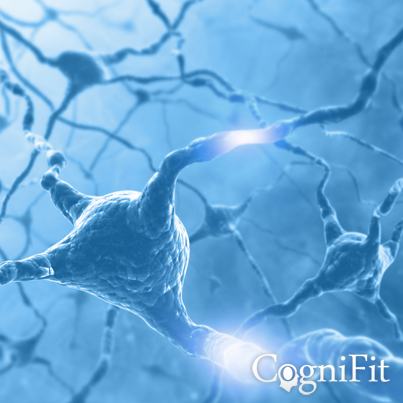

Non-Verbal Memory
Neuropsychology-Cognitive Ability
Get access to a complete battery of cognitive tests to assess non-verbal memory
Identify and assess the presence of alterations or deficits
Stimulate and improve your non-verbal memory and other cognitive functions
Nonverbal memory is the ability to code, store, and recover information about faces, shapes, images, songs, sounds, smells, tastes, and feelings. Nonverbal memory is what makes it possible to retain and remember content without words (neither written or spoken). This is an important skill, as we use it in a number of daily activities. Challenging and training your cognitive skills can help improve your nonverbal memory
Memory divisions
Examples of nonverbal memory
- Nonverbal memory is essential for a wide range of careers, like architecture, designers, musicians or other artists, critics, gastronomical, etc.
- Students have to use nonverbal memory on a daily basis, whether it be to remember a map, draw a picture, or create a technical outline. Young children also have different textures in their classrooms to help learn through touch.
- You use nonverbal memory when remembering how to a new restaurant or friend's house. A common problem in these types of circumstances is if you don't follow the route correctly or if you don't remember if you passed the sign that tells you whether you can pass other cars or not.
- You also use nonverbal memory in your daily lives, like when you try to remember the melody of a song, someone's face, or a specific smell.
Problems and disorders related to poor nonverbal memory
Having trouble remembering a face, the directions to get somewhere, or the details of your friend's house is completely normal and is not necessarily indicative of a problem with nonverbal memory. Poor nonverbal memory is more likely to be made apparent if you have trouble remembering even the most familiar nonverbal stimuli, like where your house is or what your best friend looks like. A problem with nonverbal memory can have a number of implications in daily life.
Nonverbal memory may be altered by a number of different disorders, one of which is Alzheimer's Disease, but can also occur in other types of dementias. It's also been shown that people who suffer from depression may show a decline in performance in tasks that require nonverbal memory. Brain damage caused by stroke or chronic traumatic encephalopathy (CTE) may also cause a deterioration in nonverbal memory.
How can you measure and assess nonverbal memory?
Nonverbal memory makes it possible to carryout a number of daily activities quickly and successfully, which is why assessing it can be so helpful for different areas of our life. Academic areas: To know if a student will have trouble remembering certain information or passing certain classes. Clinical areas: To know if a patient will have trouble remembering their medication, recognizing friends or family members, or successfully getting through the day. Professional areas: To know if an architect will be able to manage the plans and blueprints, or if a driver will be able to do his or her job well.
With a complete neuropsychological assessment battery, we can efficiently and accurately assess the different cognitive skills, like nonverbal memory. CogniFit has a number of professional tests to evaluate the cognitive skills that make up our executive functions, like inhibition, planning, shifting, updating, and working memory. The tests that CogniFit uses to measure these cognitive skills are based on the classic NEPSY test, and the Test of Memory Malingering (TOMM). Aside from nonverbal memory, the tests also measure response time, working memory, visual perception, naming, contextual memory, updating, visual memory, recognition, and processing speed.
- Identification Test COM-NAM: Objects will be presented either with an image or a sound. The user has to say how the object was presented (image or sound) the last time it was presented. If it is the first time that the object is presented, the user will have to choose the corresponding option..
How can you rehabilitate or improve nonverbal memory?
Every cognitive ability, including nonverbal memory, can be trained and improved. CogniFit training programs may be useful.
Neuroplasticity is the basis of rehabilitating and improving nonverbal memory and other cognitive skills. CogniFit has created a battery of exercises to help recover deficits in nonverbal memory and other functions. Like our muscles, the brain and its connections need to be used and challenged in order to get stronger and work better. If you frequently exercise your executive functions, the brain connections and its structures will become stronger as well.
CogniFit has a team of professionals specialized in synaptic plasticity and neurogenesis processes, which has made it possible to create the personalized cognitive stimulation program to fit the needs of each individual user. This program starts with an evaluation of nonverbal memory and other fundamental cognitive abilities. With the results from this assessment, the cognitive stimulation program from CogniFit will automatically create a personalized training program to train the user's executive functions and other cognitive skills that scored below the average in the initial assessment.
A consistent and challenging cognitive stimulation is the only way to improve executive functions. CogniFit has professional assessment and rehabilitation tools to help optimize these cognitive functions. CogniFit recommends training for 15 minutes a day, two to three times a week.
CogniFit's assessment and brain training is available online and on mobile. There are a number of interactive games and activities to play on a computer, tablet, or cell phone. After each session, CogniFit will create a detailed graph of the user's cognitive progress.



